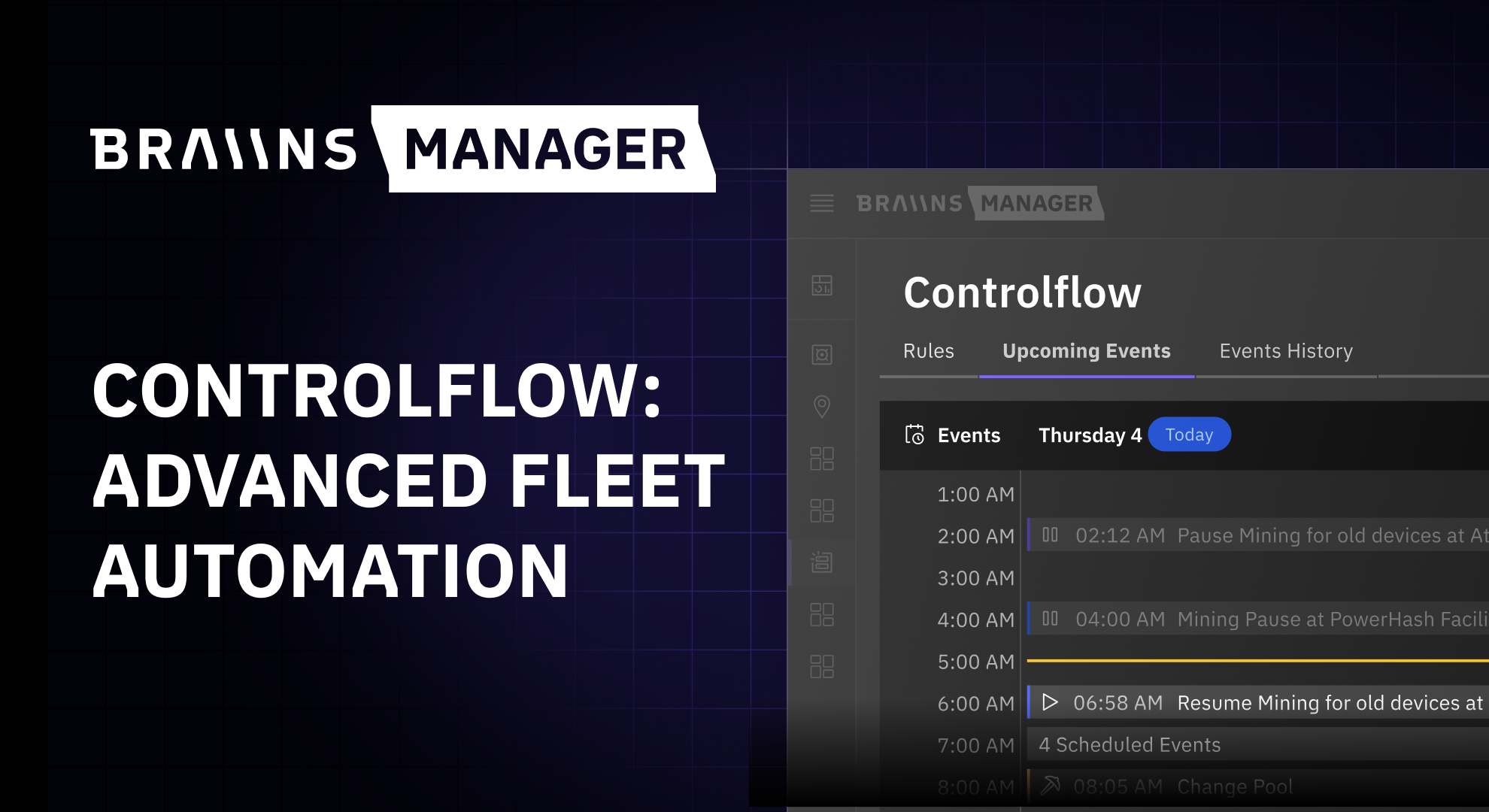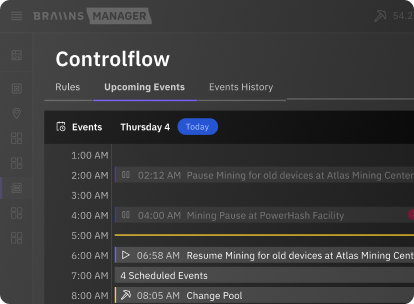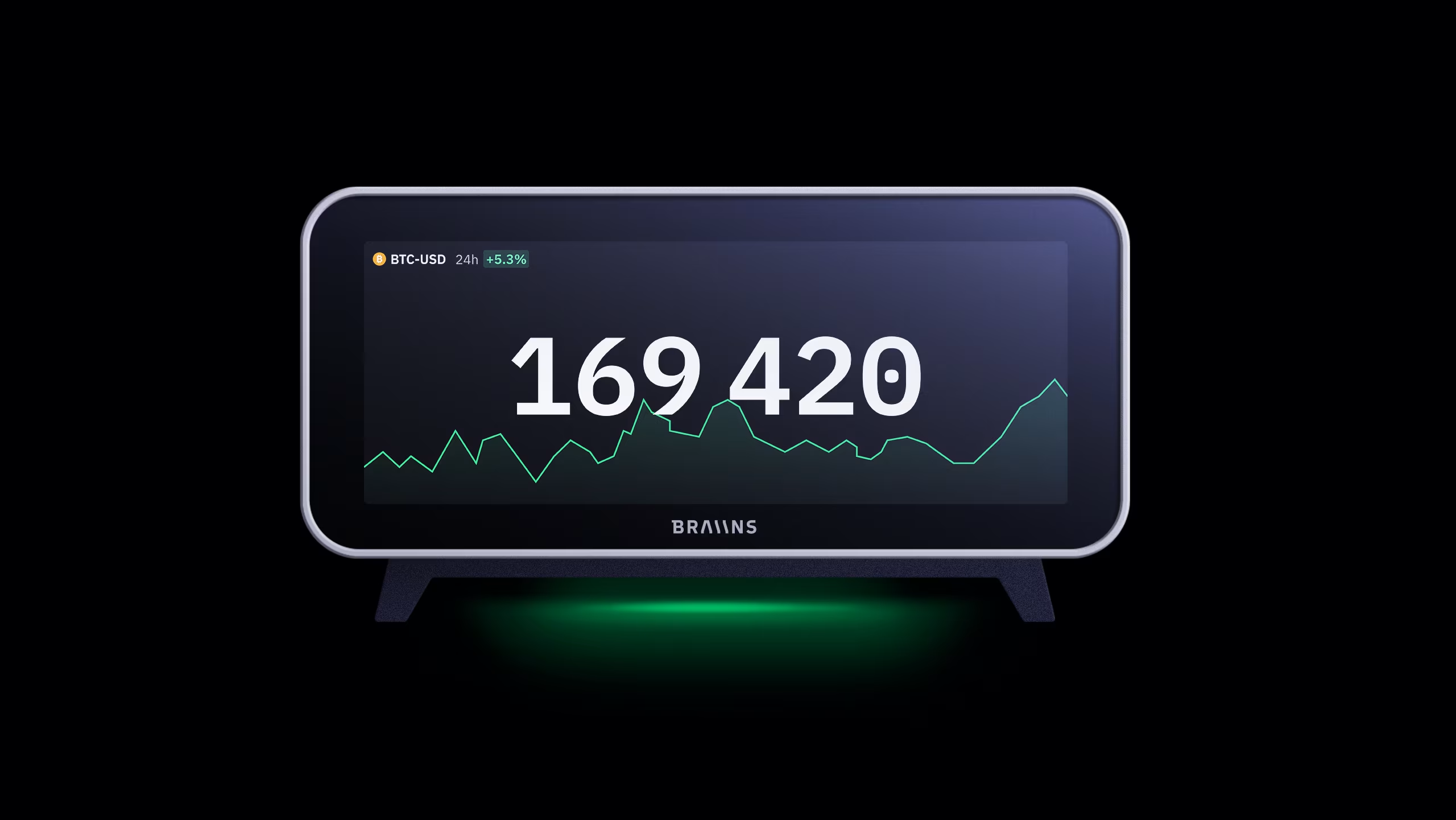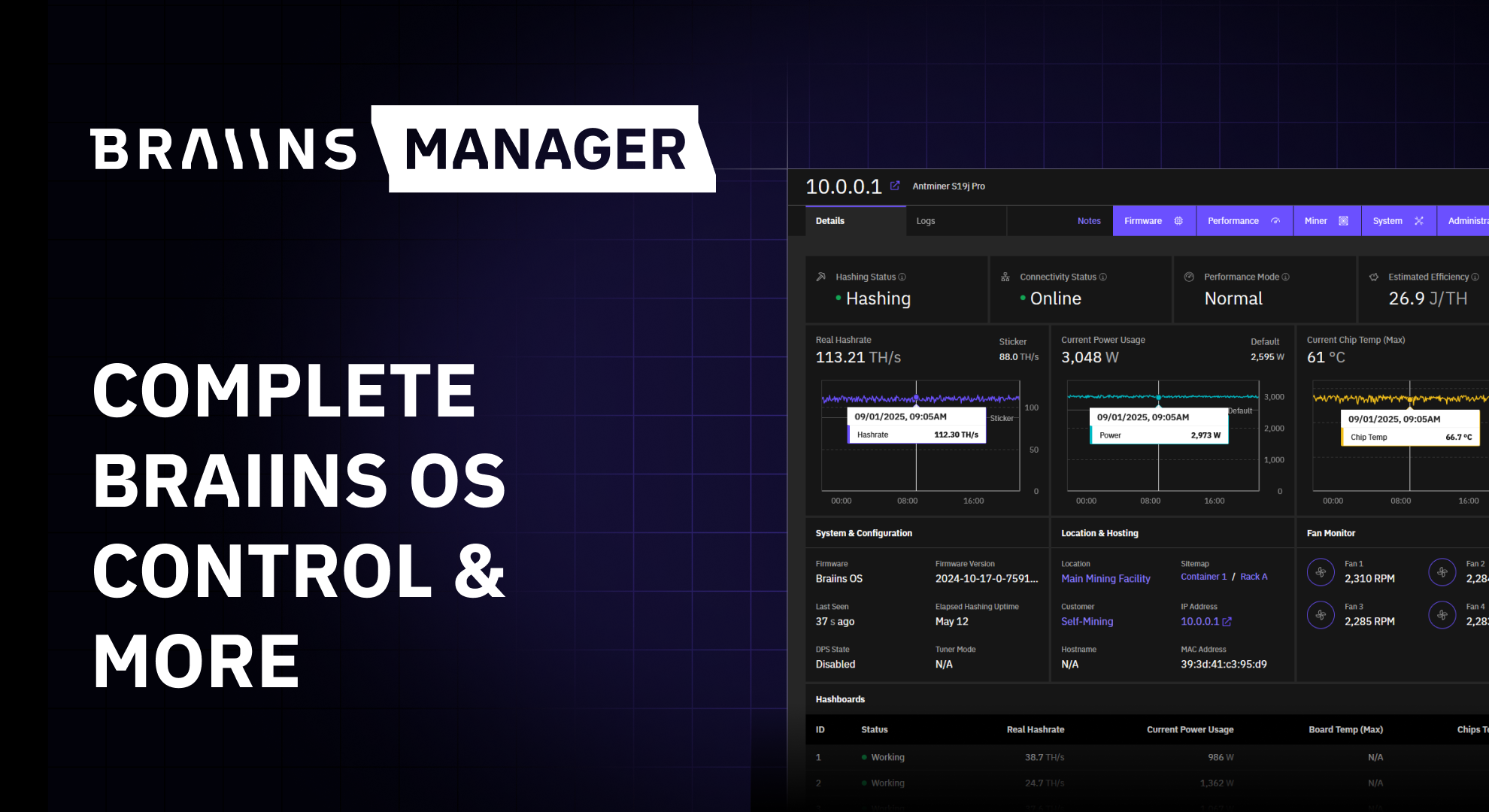Insights from the (2nd) Most Famous Bitcoin Miner in History, Hal Finney
Published
28.8.2020
Hal was one of the first people to see the potential of Bitcoin, and also to imagine the future of the Bitcoin mining industry.
.avif)
Table of Contents
Hal Finney was undoubtedly a significant influence in the formative years of Bitcoin. Hal participated in the first transaction, receiving 10 bitcoins from Satoshi Nakamoto. He also became the second miner to join the network by mining block #70-something.
For the most part of Hal’s career, he worked on an early version of PGP encryption, working closely with Phil Zimmermann. When Phil started a company around this new technology, Hal was the first hire and continued to work on PGP until his retirement in 2011.
Hal heard about Bitcoin on the cypherpunk mailing list in 2009 when Satoshi first announced Bitcoin. Most people on the mailing list gave skeptical reception at best about the new technology. However, Hal was more positive.
After downloading the Bitcoin software, Hal quickly reported bugs and vulnerabilities directly to Satoshi to help keep Bitcoin resilient to attacks. As Hal became more interested, he dedicated the remainder of his career to improving Bitcoin.
Hal was one of the first people to discuss Bitcoin publicly and had a good understanding of the future of mining and its importance on keeping Bitcoin secure. Despite ALS taking his life in 2014, his foresight on the future of mining remains relevant today. This article will go into the insights and thoughts he shared on the future of Bitcoin mining.
Mining and CO2 Emissions
One of Hal’s first comments on Bitcoin mining was on its CO2 emissions.
"Thinking about how to reduce CO2 emissions from a widespread Bitcoin implementation"
— Hal Finney January 27 2009
Hal recognized that Bitcoin mining would lead to significant CO2 pollution in the event that Bitcoin really took off. The debate on proof of work’s environmental impact remains relevant to this day and has been widely discussed since ASIC miners were introduced in 2014.
Back when Hal made this comment, Bitcoin mining was solely performed on CPUs. Nowadays there are millions of ASICs running 24/7, each one consuming between 500 - 3500 Watts. However, the raw numbers can be deceiving absent proper context.
As we debunked in our article A Summary of Bitcoin’s Energy Consumption Debate, Bitcoin mining is not as disastrous as many publications make it out to be. Bitcoin mining energy consumption thrives off of excess electricity, particularly from renewable energy sources such as hydropower. Another positive use case that’s developing recently is the stabilization of energy grids by taking excess production during non-peak consumption.
The debate about Bitcoin’s energy consumption and environmental impact isn’t going away. But, so long as the market continues to value Bitcoin for its unique monetary properties, Bitcoin mining isn’t going away either.
Luckily, trends in mining like renewable energy arbitrage, excess energy consumption in remote locations, and power production stabilization are a result of economic incentives that are only just beginning to have a global impact as awareness about them spreads. In the years ahead, we are likely to see these trends grow significantly while mining professionalizes further.
Market Cycles and Hashrate
Bitcoin’s growth is often broken down into market cycles. Periods of euphoric bull runs and depressing “crypto winters” have repeated in three prominent occurrences throughout its history so far.
“Mining should not be too profitable (because nothing should be too profitable, the world doesn’t leave free money lying around). Therefore the price of Bitcoins can’t rise too much above the cost of mining (counting equipment depreciation among the costs of course).”
— Hal Finney, November 30 2010
Hal hadn’t yet experienced a complete market cycle when making this statement, but it has turned out to be quite insightful. It’s common to hear that bear markets are for building quietly and bull markets are for growing adoption, and this rings true in its own way for the mining industry.
A fundamental property of Bitcoin mining is that hashrate lags price. In other words, when the price of Bitcoin rises, hashrate tends to trail it up more slowly as it takes time to access more power capacity and receive shipments of more ASICs.
For example, miners in the USA and Canada may have access to cheap power at scale, but it can take many weeks or even months to source mining hardware from Chinese manufacturers. (And even longer for manufacturers to get more chips!)
If price continues to climb during that time, difficulty will rise relatively slower and thus the mining revenue per terahash (measured as $/TH/day) will get higher and remain so for extended time periods. Furthermore, when price really goes up as it did in 2017, it can leave hardware manufacturers understocked. The time required to actually produce more hardware is far greater than for shipping it and setting it up, so the rate of growth for hashrate is somewhat capped by this factor.
On the other hand, price declines are often reflected in hashrate declining much more quickly. In many cases, miners can simply “pull the plug” on their ASICs to stop mining when their cost of production exceeds the current price. Alternatively, they can mine more economically with a Low Power Mode in their ASIC firmware that maximizes efficiency but decreases hashrate.
Most interesting, however, is the stage in the market cycle in which price and hashrate actually have a negative correlation.
Bear Markets and Hashrate
In 2018 and the beginning of 2019, we experienced a prolonged crypto bear market. However, Bitcoin’s hashrate and difficulty were actually increasing for most of this time.

There are a few reasons why this occurred, such as more efficient hardware coming online and miners sourcing cheaper electricity around the world. The biggest reason, however, is that the cost of production for the average miner was still significantly lower than BTC price in early 2018, even though price had fallen significantly from its high of nearly $20k.
When Hal said that “mining should not be too profitable,” he’s saying that the average miner’s cost to mine 1 BTC should not be significantly lower than the actual price of 1 BTC. The bear market and the halvings are when the gap between price and difficulty from the previous bull market is closed.
“Ultimately it’s good for the network for mining to be expensive. It makes it that much harder for a well financed attacker to dominate the network.”
— Hal Finney, January 28 2011
If an attacker happened to have access to a large amount of hash power in early 2018, the cost of attempting an attack would not be that high because difficulty was lagging so far behind price. By the end of 2018, however, difficulty finally caught up to price and inefficient miners were squeezed out in mass for the first time in years. This sets the stage for the market to gradually reverse.
Times when mining is “expensive” are times when attacking Bitcoin would likewise be expensive. At the same time, price increases are critical to incentivize more honest miners to join the network or scale up.
“The computational power of the network is proportional to difficulty; and it appears that difficulty is proportional to bitcoin price. It follows that unless bitcoins become substantially more valuable than they are today, the Bitcoin network will never be substantially more resistant to attack than it is today. For Bitcoin to succeed and become secure, bitcoins must become vastly more expensive.”
— Hal Finney, March 2011
Bitcoin has increased by well over 1,000,000% since Hal made this comment. Hopefully there are still some zeroes left to be added to that figure in the market cycles to come.
Hal Finney’s Lasting Insights

Hal helped shape Bitcoin into what it is today. His contributions and his foresight into the future of mining show that he had a deep understanding of where Bitcoin could go even in its first 1-2 years.
As we look to the future a decade later, we can see the groundwork being laid for institutions, utility companies and energy producers, and publicly traded mining companies to become some of the biggest players in the global mining industry.
The revolution carries on. Thank you Hal.
Categories
Be the first to know!
Read Privacy Policy.
Most Recent Articles

Introducing Controlflow: Advanced Automation in Braiins Manager
9.12.2025




